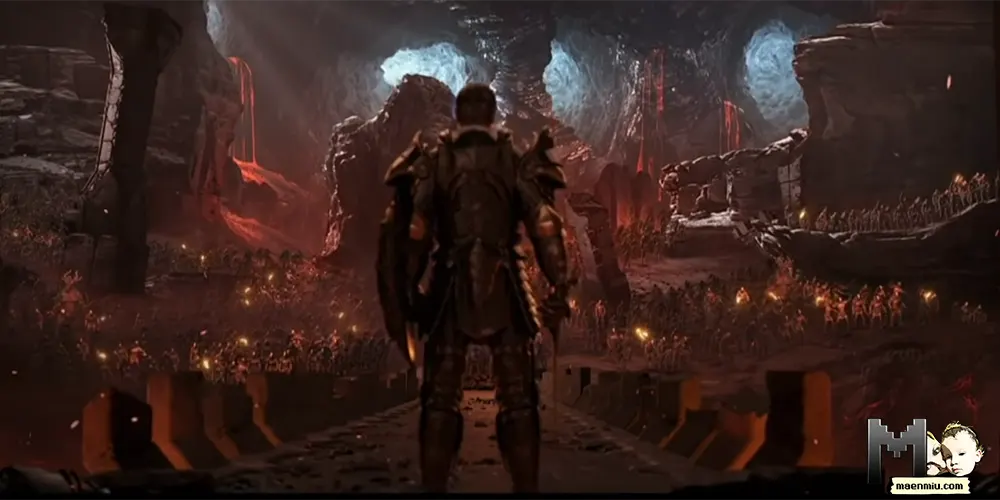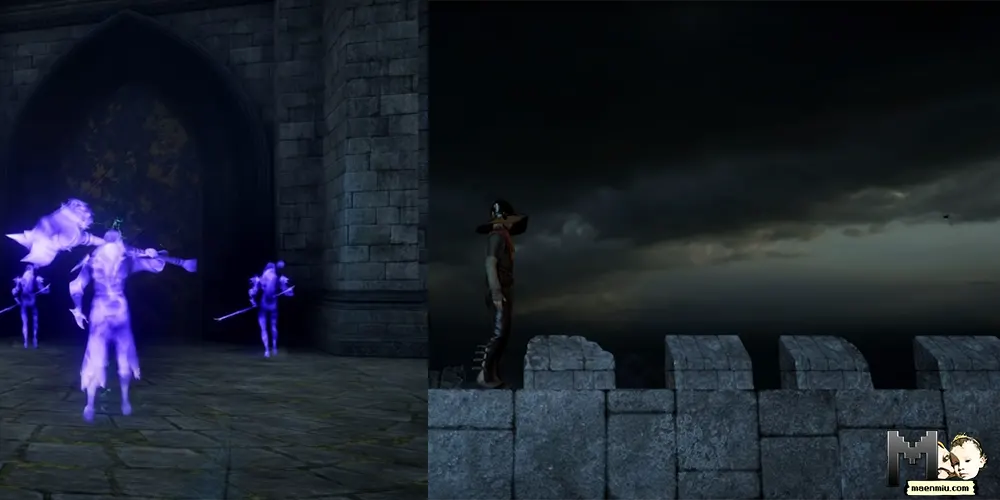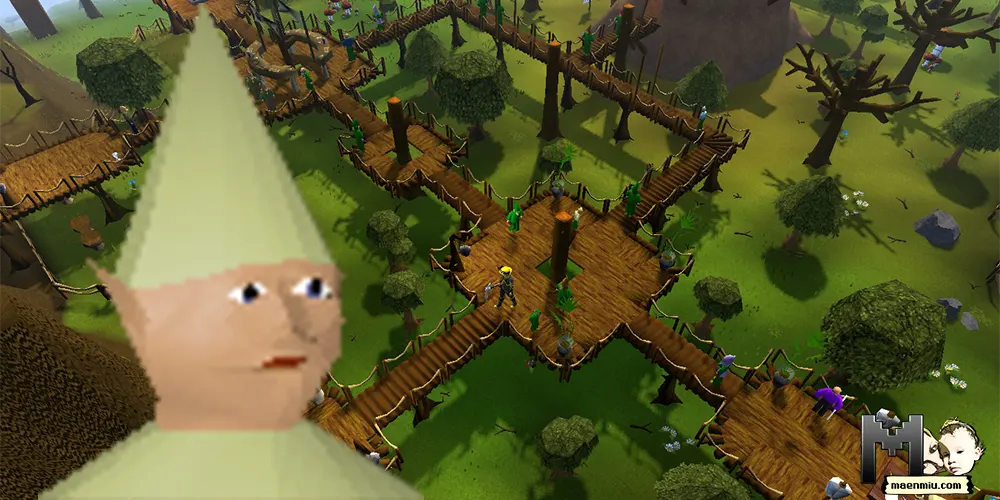
In both the spiritual teachings of Buddhism and the fictional universe of Dragon Age, the concept of inner calmness or tranquility is a prominent theme. However, the way tranquility is depicted and pursued in these two domains is notably different. While Buddhism sees tranquility as a state of enlightenment, Dragon Age portrays it as something more ambiguous and, in some cases, even negative. This article explores these concepts in detail, highlighting both similarities and differences.
You might like

Buddhism and the Path to Nirvana
Buddhism teaches that life is suffering and that the path to enlightenment, or nirvana, requires the cessation of desire and attachment. Achieving this state is seen as the ultimate goal, leading to a profound peace and tranquility. Meditation, ethical conduct, and wisdom are essential components of this journey. Unlike the forced state of tranquility in Dragon Age, nirvana in Buddhism is an attainment of profound understanding and harmony with the universe.
Tranquility in Dragon Age
In the Dragon Age universe, Tranquility is a state forced upon some mages to prevent them from accessing the Fade, a parallel dimension. This condition cuts off emotion and desire, effectively rendering the mage docile and free from the temptation of demonic possession. However, it is depicted as a loss of something vital, a reduction of the person’s humanity, rather than a transcendent state.
A Comparative Glance: Motivations
One significant difference between these concepts is the motivation behind seeking or imposing tranquility. In Buddhism, tranquility is pursued voluntarily, as a part of personal spiritual growth. In Dragon Age, Tranquility is forced upon individuals, often against their will, to control and contain them. The outcome in Dragon Age is seen as a loss, whereas, in Buddhism, it is enlightenment.
A Comparative Glance: Means
The means of achieving tranquility also vary greatly. While in Buddhism, it is reached through meditation, moral living, and wisdom, in Dragon Age, it’s achieved through magical or surgical intervention. The former is a process of self-discovery and inner growth, while the latter is an external imposition.
A Comparative Glance: Consequences
The consequences of tranquility in these two contexts further illustrate their differences. The Dragon Age version of tranquility often leads to a loss of identity and purpose, stripping away what makes a person unique. In contrast, the Buddhist pursuit of nirvana leads to liberation from suffering, a realization of true self, and unity with the cosmos.
Conclusion
While the state of Tranquility in Dragon Age and the Buddhist goal of achieving nirvana share surface similarities, they are fundamentally different in their nature, pursuit, and consequences. Where Buddhism sees tranquility as a spiritual achievement and liberation, Dragon Age portrays it as a form of control and loss. This comparison invites reflections on the broader themes of free will, individuality, and the complex relationship between control and enlightenment. Both the philosophical teachings of Buddhism and the imaginative world of Dragon Age offer rich terrain for exploring these profound human concerns.
I created this article with the partial assistance of an AI tool. Learn about my view on AI and why I’m telling you about it.





















